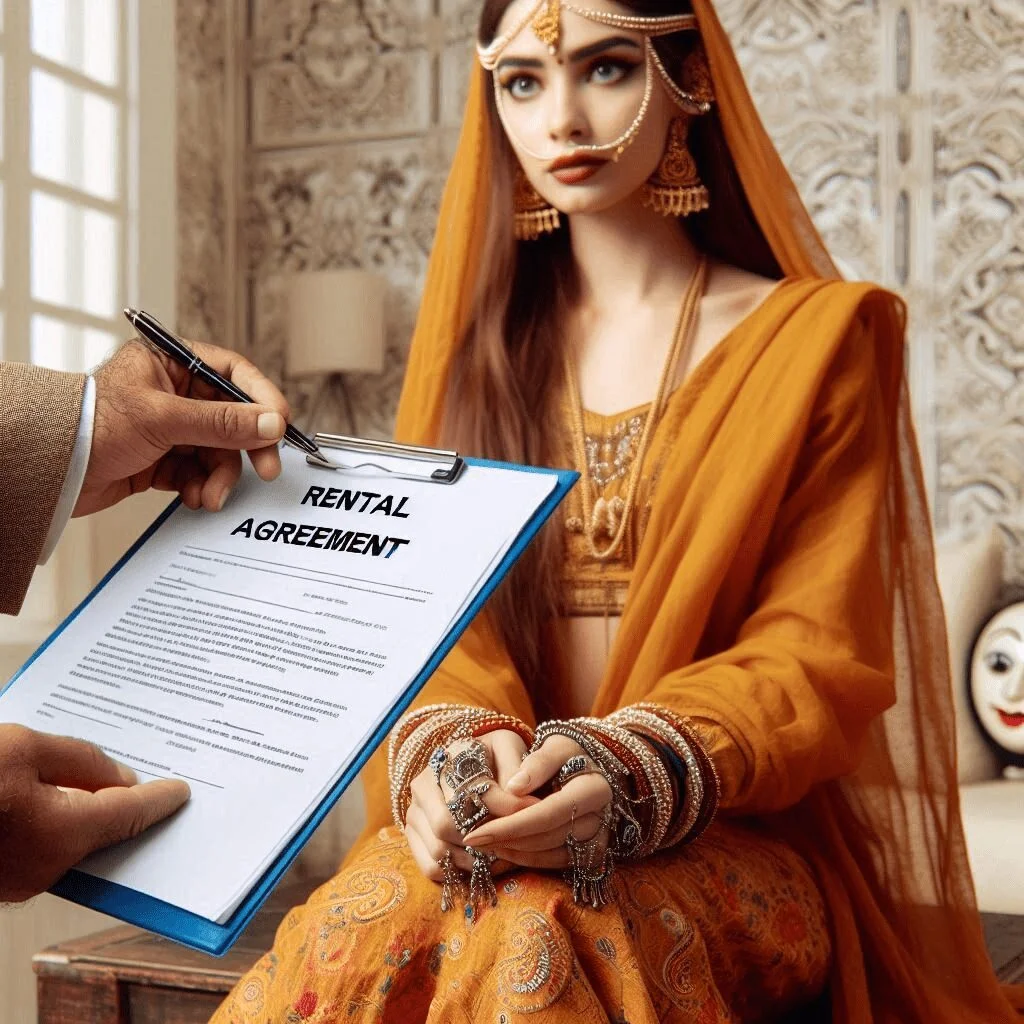
Free Rental Agreement Format Templates
Introduction

- What is a Rental Agreement?
- Definition and purpose
- Importance of having a rental agreement
- Types of Rental Agreements
- Month-to-month rental agreements
- Fixed-term lease agreements
- Sublease agreements
1. Detailed Breakdown of a Rental Agreement
1.1 Premises
- Description of the rental property
- Address and specific details
1.2 Term
- Start date and end date
- Options for renewal
1.3 Rent
- Monthly rent amount
- Due date and payment method
- Late payment penalties
1.4 Security Deposit
- Amount required
- Conditions for return
- Deductions for damages
1.5 Utilities
- Responsibility for utility payments
- Types of utilities included
1.6 Use of Premises
- Allowed uses (residential only, no commercial activities)
- Restrictions on illegal activities
1.7 Maintenance and Repairs
- Tenant responsibilities
- Landlord responsibilities
- Reporting and handling repairs
1.8 Pets
- Pet policy (allowed/not allowed)
- Additional deposits or fees
1.9 Termination
- Notice period for termination
- Conditions for early termination
1.10 Governing Law
- Applicable state laws
- Dispute resolution process
1.11 Entire Agreement
- Superseding previous agreements
- Modifications in writing
2. State-Specific Requirements
- Overview of how rental agreements vary by state
- Links to state-specific templates and resources
3. Downloadable Templates
- Basic Rental Agreement Template
- Simple, easy-to-fill format
- Comprehensive Rental Agreement Template
- Detailed with all possible clauses
- Month-to-Month Rental Agreement Template
- Flexible, short-term arrangements
- Sublease Agreement Template
- For subletting the property
4. Best Practices for Creating a Rental Agreement
- For Landlords:
- Screening tenants
- Setting clear terms and conditions
- Regularly updating the agreement to comply with laws
- For Tenants:
- Reading and understanding the agreement
- Knowing your rights and responsibilities
- Keeping a copy of the signed agreement
5. Legal Considerations
- Common legal issues in rental agreements
- Steps to take in case of disputes
- Resources for legal assistance
6. Additional Resources
- Related articles on tenant screening, rent collection, and property maintenance
- FAQs about rental agreements
Template
Here’s a sample Rental Agreement (Lease Agreement) that you can use for your real estate website. This content is provided as a general template and should be reviewed and customized to meet local laws and specific requirements.
Agreement for a Residential Leasest
Landlord’s Full Name and Tenant’s Full Name make and agree to this residential lease agreement (“Agreement”). It was signed on [Date]. People who rent and people who live in a house can be called “Parties.
- The place
The lease between the landlord and the tenant for the property at Address of Premises. - Term
The lease will start on [Start Date] and end on [End Date], unless it is ended earlier according to the terms of this agreement. - Rent: The renter must pay the landlord [Rent Amount] every month in advance on the [Day] of each month. The landlord’s name, bank information, and payment method must be used to make the payment.
- Deposit for safety
The tenant must put down a security fee of [Security fee Amount] with the landlord as a promise to follow all the terms and conditions of this agreement. Tenant will get their security deposit back within [Number] days after the agreement ends, minus any amounts taken out for damages above and beyond regular wear and tear. - Services
The tenant is responsible for all utilities and services used in the property, such as but not limited to water, power, gas, and internet. - Use of the Building
The Tenant is the only person who can use and live in the Premises for residential reasons. Tenant must not do anything illegal on the Premises or use the Premises for business reasons without the written permission of the Landlord first. - Fixing things and maintenance
Tenant is responsible for keeping the property in good shape and must let the landlord know right away if any fixes need to be made. It is the landlord’s job to fix any problems with the building’s structure and important systems, like the plumbing, electricity, and heating.
Choice 1: Pets are not allowed on the property.
Option 2: Pets are allowed on the property as long as the landlord agrees in writing ahead of time and an extra pet deposit of [Pet Deposit Amount] is paid.
- Getting rid of
Either party can end this agreement by giving the other party [Number] days’ written notice. When the lease ends, the tenant has to leave the property and give the landlord all the keys. - Laws that apply
It is agreed that the laws of the State of [State] will govern and interpret this agreement. - The Whole Deal
This Agreement is the only agreement between the Parties. It replaces all other agreements, statements, and understandings between the Parties.
The parties to this residential lease agreement have signed it on the date and year first written above.
Download Sample – Click Here
Frequently Asked Questions About Rental Agreements
What is a rental agreement?
A rental agreement is a legally binding contract between a landlord and a tenant that outlines the terms and conditions for renting a property. It includes details such as the duration of the lease, rent amount, security deposit, and responsibilities of both parties.
A rental agreement should include the following:
- Names of the landlord and tenant
- Address of the rental property
- Term of the lease
- Rent amount and payment details
- Security deposit amount
- Maintenance and repair responsibilities
- Pet policy
- Utilities and services
- Termination conditions
- Governing law
What is the difference between a rental agreement and a lease agreement?
While the terms are often used interchangeably, a rental agreement typically refers to a month-to-month contract, whereas a lease agreement usually refers to a fixed-term contract, such as a one-year lease.












